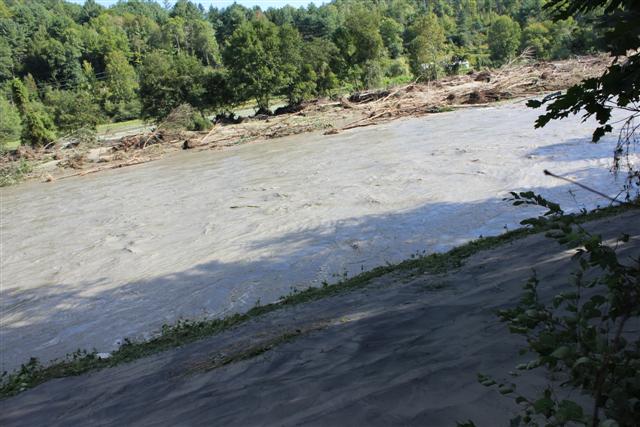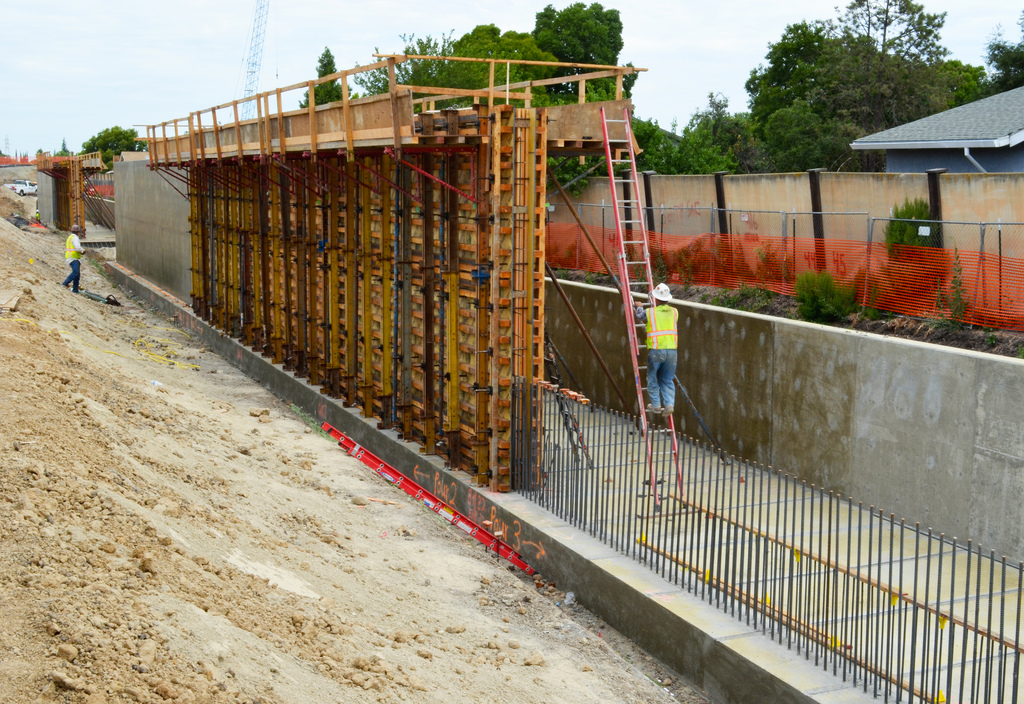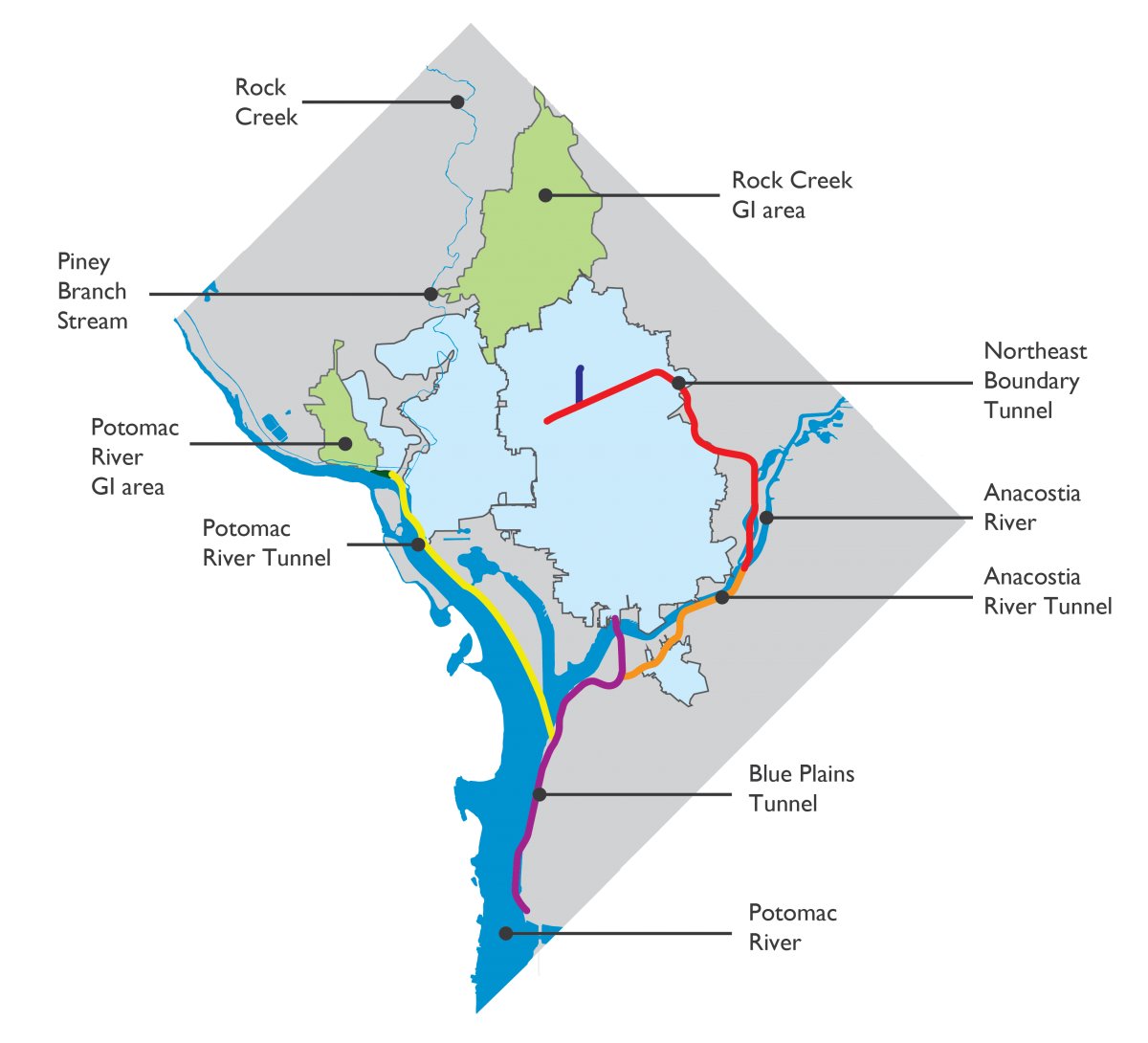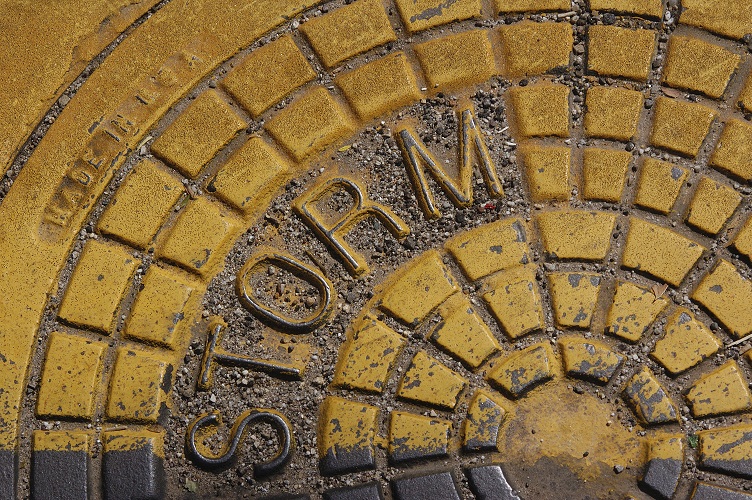Occupying less than 81 ha (200 ac) between the White River and a canal on the northwestern edge of Indianapolis, flood protection is a serious matter for the small town of Rocky Ripple (Ind.).
Lacking any infrastructure of its own to contain overflow from the river, the town’s less-than-700 residents routinely pay thousands of dollars each year in flood insurance and must face the prospect that a particularly intense flood could plunge the entire town underwater.
On March 14, the Rocky Ripple Town Council signed a memorandum of understanding with representatives of the Indianapolis Department of Public Works and Butler University (Indianapolis) to move forward with plans for an ambitious 2700-m (9000-ft) flood barrier project. The proposal, estimated to cost up to $40 million, comes one month after Indianapolis pledged $10 million of its stormwater management budget to enhance the area’s resilience against White River floodwaters.
A pressing need

The Town of Rocky Ripple (Ind.) is sandwiched between the White River on its western side and a canal system on its eastern side. Historically prone to heavy flooding, the U.S. National Oceanic and Atmospheric Administration estimates a 500-year flood of the White River would completely submerge Rocky Ripple. (U.S. Fish and Wildlife Service)
Rocky Ripple contains more than 300 homes within the White River’s floodplain. The U.S. National Oceanic and Atmospheric Administration claims a river level exceeding 5.2 m (17 ft) would completely submerge the town. In 1913, the river rose as high as 6 m (20 ft), and up to 4.2 m (14 ft) as recently as 2005.
The proposed barrier, which may take the form of a wall, a levee, or some combination of both, also would provide flood protection for 30 ha (75 ac) of the Butler University campus currently used for athletic fields. University officials say there must be adequate protections against a 100-year flood in place before any further development can occur.
“This would be a long-term opportunity for Butler that more than likely would happen well beyond my tenure here,” Bruce Arick, Butler University’s vice president of finance and administration, told Indy Star. “But it’s an opportunity, if we can work it out and seize it now, that opens up doors for the future of Butler.”
A second chance
The March proposal is not the first attempt to bring much-needed flood protection measures to Rocky Ripple.
The U.S. Army Corps of Engineers (USACE) is now on the final leg of construction for the Indianapolis White River North project, which began in 1991. This project is a comprehensive flood barrier meant to remove approximately 2400 properties north of Indianapolis from the 100-year floodplain.
Citizens of Rocky Ripple chose to opt out of the project in 1996, citing concerns that a flood barrier would obstruct their view of the White River and lower property values. After significant flood events affected the region in 2002 and 2003, the Rocky Ripple Town Council formally requested their town’s re-inclusion under the project in 2004. As construction had already been planned and initiated, their request was denied.
In 2015, former Indianapolis Mayor Greg Ballard approved the final phase of construction for the USACE wall; this includes surrounding towns to the north but excludes Rocky Ripple. Butler University also opted out of the project’s final leg, which would have cut through an 8-ha (20-ac) stretch of gardens and parks on its main campus.
With a signed memorandum and a substantial contribution from the city in hand, Rocky Ripple must now work with Butler, Indianapolis, and the state government to secure remaining funds for its own barrier and decide on a design.
“To me, this is the best, in terms of a promise from the city to do something, that we’ve ever had,” Rocky Ripple Town Council President Carla Gaff-Clark told the Indy Star.







